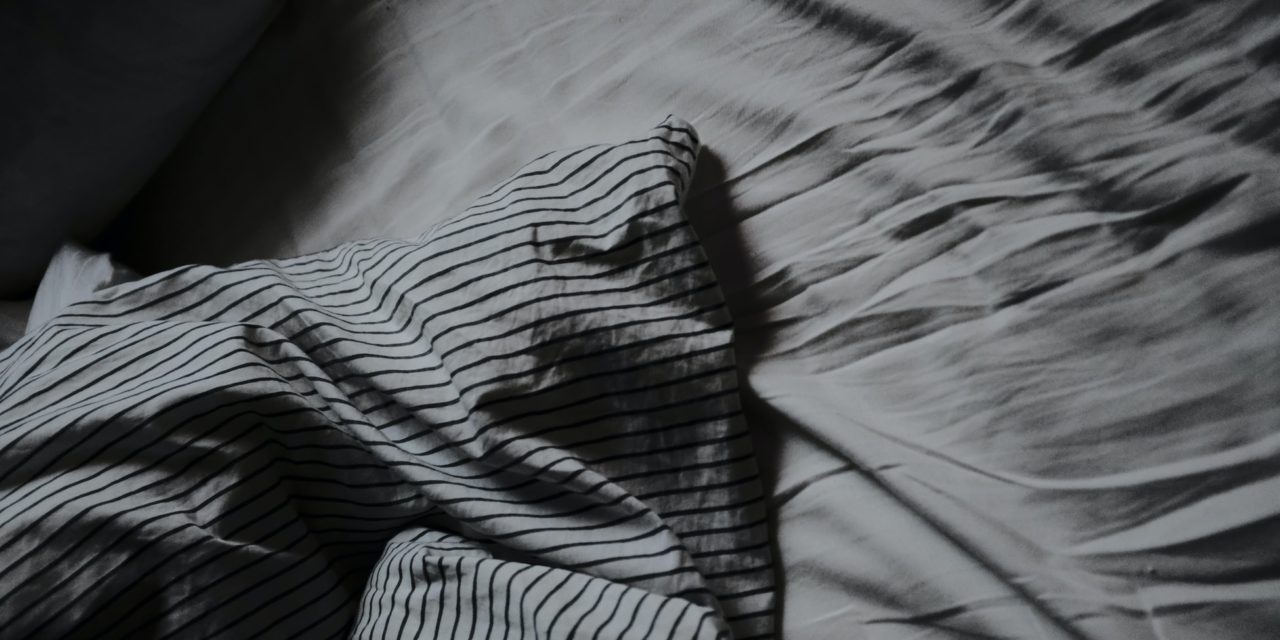[ad_1]
How many times have you stayed in a hotel where you wondered about the hygiene and cleanliness of the bedding. What can you actually catch from sleeping on an unclean bed. Even if the sheets have been changed, what about the pillow or bedspread or blanket ?
Hepatitis A virus can survive outside the body for for months. HAV can survive certain acids and some heat and survive in dried feces. Other Hepatitis viruses such as HBV and HCV can live from 16 hours to up to a week.
Researchers have known since 2005 that “superbugs” like C.Difficille, which is found mainly in hospitals , can live for weeks in bedding and can be resistant to even bleach. Staphylococcus aureus ( MRSA ) is a relatively common bacterium found on skin and nasal surfaces of healthy people and animals. MRSA has cause outbreaks in schools and gyms, transmitted through contact with towels.
If bedding has not been changed or cleaned properly, transmission of bacteria and viruses is possible. Catching a virus from hotel bedding is not a common occurrence but it is possible, especially when you talk about padded headboards, quilted bedspreads and pillows , which can retain enough moisture to enable a virus to live long enough to infect. Bacteria, on the other hand, is a much hardier form of life.If the guest before you had a bacterial infection and deposited enough of that bacteria onto the headboard or pillow, then it's possible you could be infected.
Molds responsible for respiratory and skin problems like eczema are virtually indestructible and can live almost anywhere. According to a 1999 Mayo clinic study, 93% of patients with chronic rhino-sinusitis ( CRS ) had allergenic fungal sinusitis. Molds thrive in damp dark areas, like the air conditioner area in tropical climates. That smell when you first turn on the air conditioner in your hotel could be symptomatic of a mold problem.
So what about swine flu ? Swine flu virus or the rhinoviruses that cause colds, needs living cells to stay alive. Without these cells, found in bodily fluids like blood,mucous or saliva, viruses have a short lifespan, between a few seconds and 48 hours, depending on the surface. Viruses tend to live longer on nonporous surfaces, like doorknobs, than on porous surfaces, like fabrics. But if the fabric is dampened with enough fluid, mucous, saliva or fecal matter, the virus may persist for much longer periods.
Can you catch swine flu from your hotel bed ? Not likely. You would have to lie down and put your face into a deposit of swine flu virus within minutes of an infected person lying there. But, if you should happen to come into contact with a damp spot of infected bodily fluids, well then it is very possible.
While it is highly unlikely that you will encounter a bed in a hotel which, not only has not been changed, but is still damp with the previous guests infected bodily fluids, “better safe than sorry”, in this day and age of pandemics and poor housekeeping, is a catch phrase to live by.
The same precautions and methods you should use for any hotel bed when checking for bedbugs, will serve you as well in checking for damp or unclean bedding. Don't wait until you are ready to climb into bed after a long day of sightseeing, check as soon as you get into your room. GET RID OF THE BEDSPREAD ! Throw it into a corner and forget about it because the last time it was cleaned, Jimmy Carter was in office.Pull back a corner of the bedding closest to the headboard, check for rusty colored spots and bedbugs. Slide your hand and arm under the sheets on top of the mattress protector ( hopefully there is one ) and feel for any damp spots. Remember, you don't know who slept in this bed before you. Maybe it was an incontinent senior, or a diaper changing mom and baby, what about a bed wetting child. Anything is possible, why not take a minute to make sure before you or one of your family hops in. Now smell your hand, if it stinks, wash and leave the room. Better your hand than the rest of you.
After checking the bed, move on to the headboard, if it's quilted or fabric covered, just run your hand over it to check for dampness. Again, smell your hand and repeat above instructions. If your hand smells then your head will too once you lay you head there.
Now the most important item, the pillow. This lump of fiber or feather filled material is more than capable of absorbing and storing fluids, mucous, urine, sweat, and blood. All that separates it from you is a pillow case and hopefully a barrier pillow protector.Take the pillow in your hands and squeeze, hold the compressed pillow for 20 seconds, this will give you enough time to feel if any dampness is present. I do this a few times in different places on the pillow, to be sure it is dry.
After spending the 5 minutes it took to inspect the bed, headboard, and pillow, I STILL lay down a travel sheet like Allersac. If clean sheets are all that separate me from the mattress and pillow, then the added protection of my own travel sheet will serve to provide me with the peace of mind to relax and feel comfortable knowing I washed the sheets.
[ad_2]
Source by Jeff Solomon


